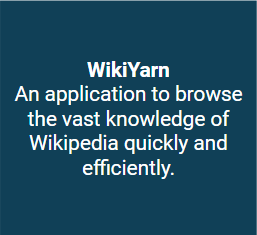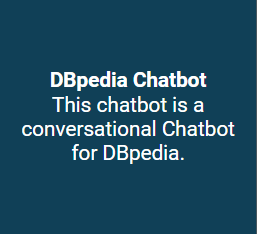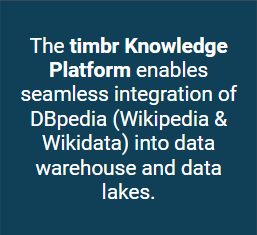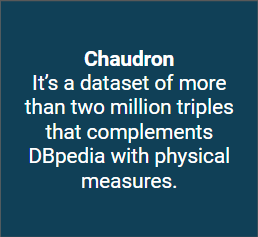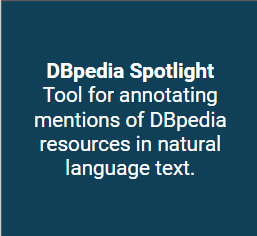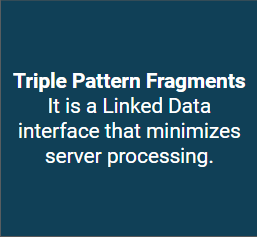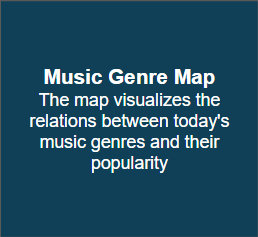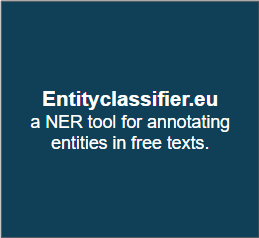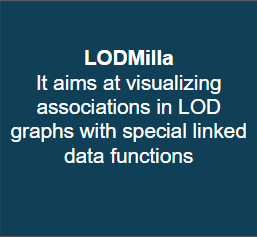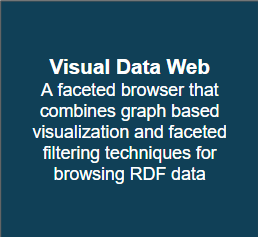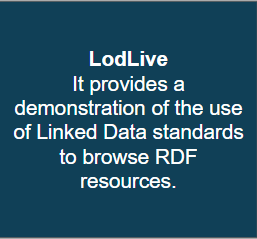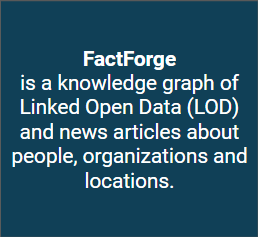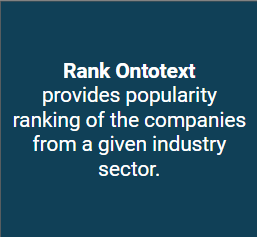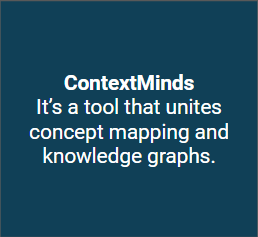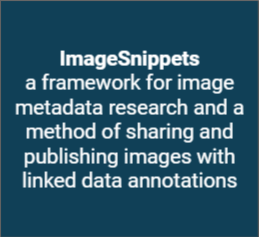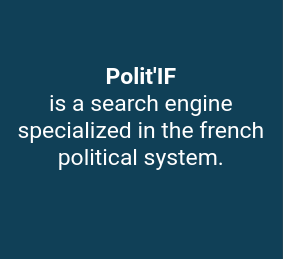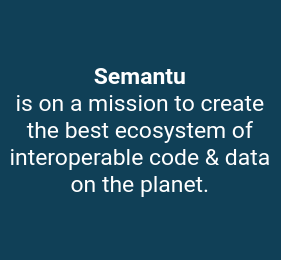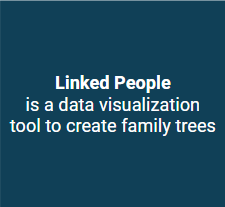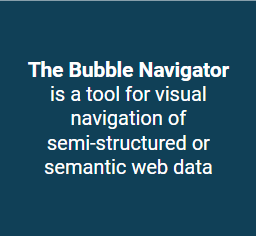DBpedia evolves with the innovative and active use of its community members who constantly create the emerging DBpedia-related material. We value the efforts of the individual members contributing open data, tools and services for a shared reuse and application by the whole DBpedia community. Here is the place to find inspiration, stay up to date with the latest community implementations and provide feedback to fellow DBpedians.
Submit Your Application Here
Submit your DBpedia tool, demo or any kind of application and we will publish it here on the website. Please fill out the submission form or send us your information (description of your applications, videos, pictures) to dbpedia@infai.org.
Explore Current DBpedia Applications and Tools
- Did you consider this information as helpful?
- Yep!Not quite ...

